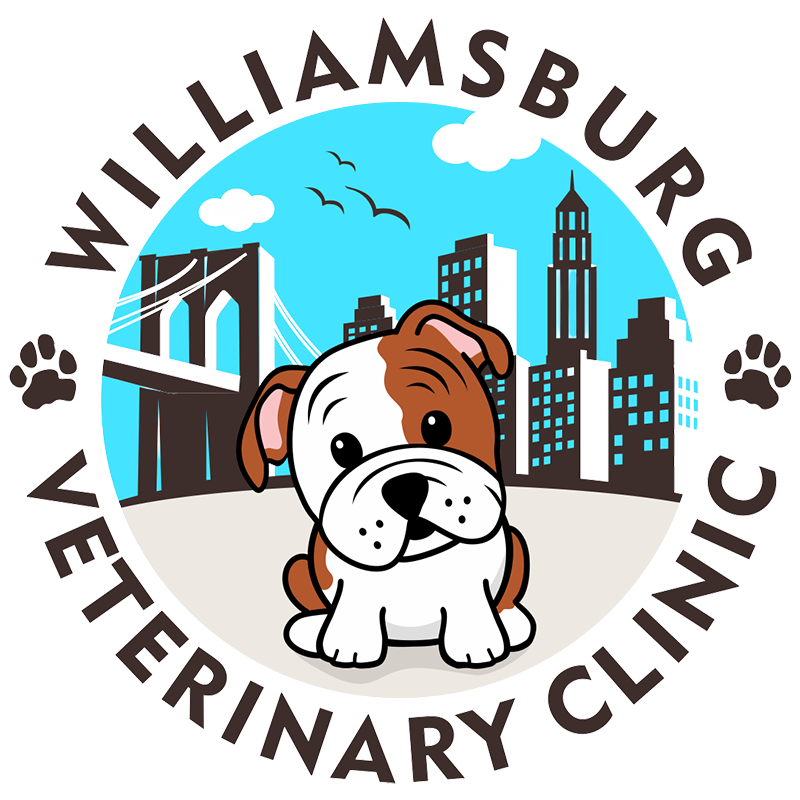What Should I Feed My Dog
What Should I Feed My Dog?
Our animals are a part of our family, and so we understand that you want to feed them the best food to ensure that they live long and healthy lives. We know there is an overabundance of information and opinions online and on social media that makes deciding on a diet very challenging and confusing. Much of the marketing around pet foods plays directly into our emotions about feeding our dogs, making us feel that if we don’t pick the right food, we don’t love our dogs enough.
What Should I Feed My Dog?
Factual information must be provided on pet food labels but it is important to know that the label is also an important promotional tool to attract pet owners. This means that much of the information provided — including the ingredients list– is of little practical importance in assessing nutritional content. It is also important to remember that wording, such as Holistic, Premium, or Human Grade are not regulated and are, therefore, of little value.
Important questions to ask
Is this food formulated to meet the specific nutritional requirements for my dog’s life stage?
Does the diet employ a full time qualified nutritionist?
Who formulates the food, and what are their credentials? We advise selecting a diet that employs an expert in veterinary nutrition. Advisors with appropriate qualifications would have a PhD in animal nutrition or be board-certified by the American College of Veterinary Nutrition (ACVN) or the European College of Veterinary Comparative Nutrition (ECVCN).
What about Grain Free Diets?
The Food and Drug Administration has issued an advisory about findings that some diets with high levels of legumes or potatoes have been associated with dilated cardiomyopathy, a form of heart disease, in dogs not typically prone to developing this condition. These ingredients appear to be more common in diets labeled as “grain-free.” The proliferation of these diets takes advantage of common misconceptions based on unscientific claims about gluten-free diets. Though there is still much that is not known about the correlation, until more information is known, we are recommending to avoid diets labeled as grain-free at this time.
Resources
https://www.fda.gov/animal-veterinary/animal-health-literacy/pet-food-labels-general
https://talkspetfood.aafco.org/
https://wsava.org/wp-content/uploads/2020/01/Selecting-the-Best-Food-for-your-Pet.pdf
https://vetnutrition.tufts.edu/petfoodology/
https://vetnutrition.tufts.edu/2016/01/raw-diets-a-healthy-choice-or-a-raw-deal/
https://vetnutrition.tufts.edu/2016/07/should-you-make-your-own-pet-food-at-home/
How was this diet determined to meet the AAFCO requirements of complete and balanced?
Where is the diet manufactured and what quality control measures are used to guarantee consistency and quality of the ingredients and end product?
Does the company own the manufacturing equipment, or do they have to contract out the making of their food? Most small companies do not own their own plants, which can reduce the control they have over quality. The diet you choose should be made by a reputable and knowledgeable company with strict quality control measures.
What about Raw Food Diets?
Proponents of raw food diets consisting of various muscle and organ meats will claim a variety of wonderful benefits to your pet’s coat, digestion, and overall health. Though some studies show a slight increase in dthe igestibility of raw diets, there is, unfortunately, zero scientific evidence to support actual health benefits. The risks of feeding dogs raw food diets greatly outweigh any perceived benefits. Scientific studies show that raw food diets are at high risk for bacterial contamination that puts not just your pet but your entire family at risk. For example, studies have found that up to 48% of commercial raw meat diets are contaminated with Salmonella. Other bacteria found in raw diets include E. Coli, Listeria, and Clostridium. Bacterial contamination can result in gastrointestinal disease, blood infections, and even death. In addition, multiple studies have shown that an alarmingly high percentage of raw food diets have significant nutritional imbalances. Just ask yourself, if I wouldn’t feed myself raw meat, why would I feed it to my pet?

